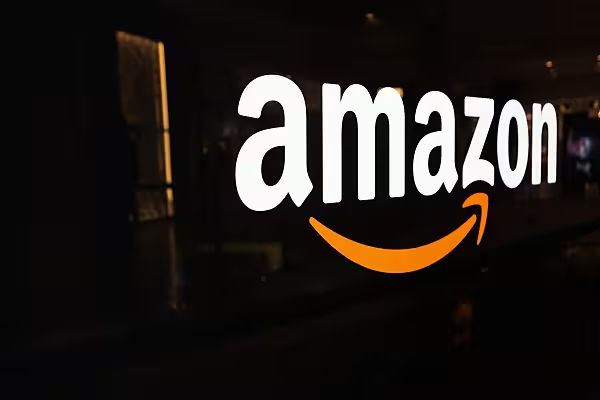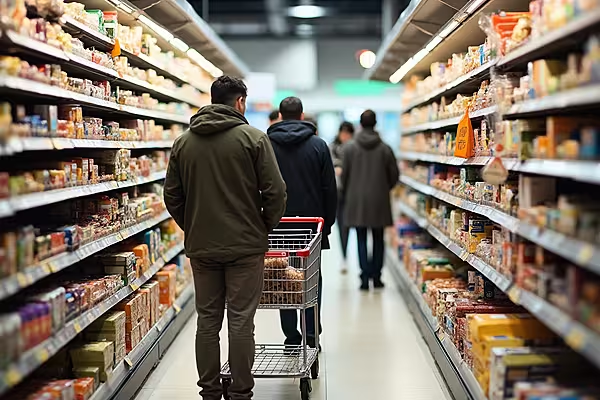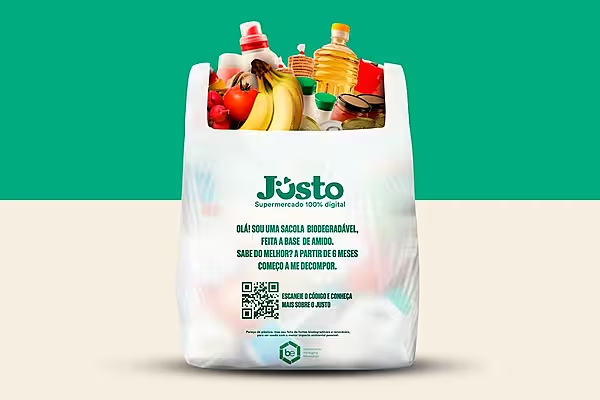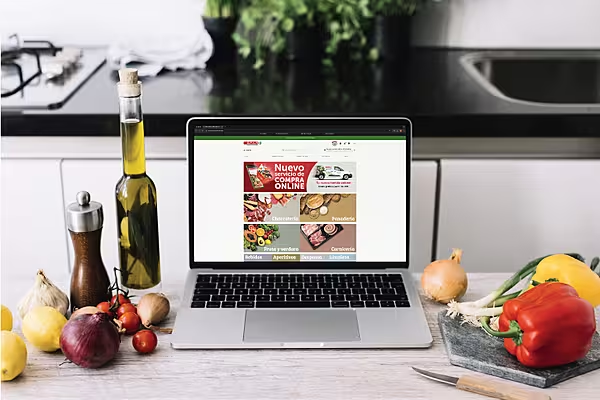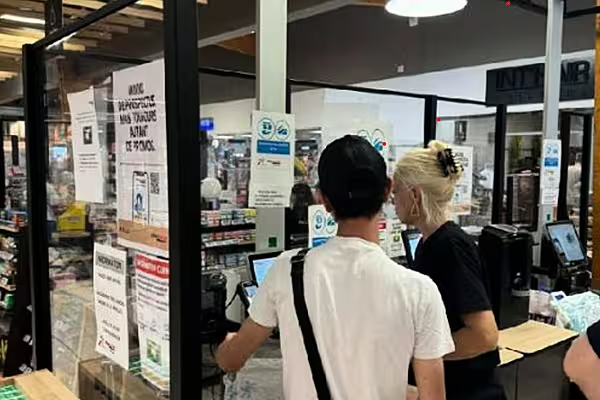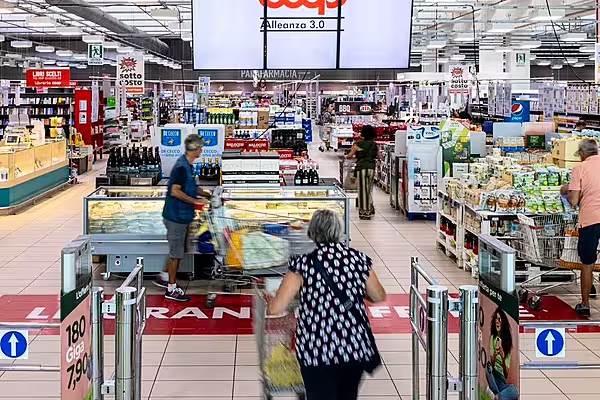Amazon.com Inc. is joining the fray in one of the world’s most cutthroat grocery markets.
The e-commerce giant said Thursday its Amazon Fresh food delivery business will now be available to users of its Prime membership plan in central and east London, the first time the service has been offered outside the U.S.
Customers will be able to order from a catalog of about 130,000 items, including those of major high street brands as well as independent local producers. Same-day delivery will be available, allowing shoppers to order at lunchtime for a delivery as soon as 5 p.m. the same evening.
“We are launching with a comprehensive offer in a limited area and will take our time to hone and improve our service based on our learnings and feedback from our customers,” said Ajay Kavan, vice president of Amazon Fresh. “We will be very methodical and considered in how we roll this service out further in the U.K.”
After an initial 30-day free trial, the service will cost about 7 pounds ($10.16) per month on top of the subscription fee to Amazon’s Prime service, currently 79 pounds per year. No additional charge is incurred for orders over 40 pounds, but under that threshold shoppers will pay about four pounds for delivery.
Delivering groceries in the U.K. will test Amazon Chief Executive Officer Jeff Bezos’ philosophy of sacrificing profits to keep prices low and build customer loyalty. The Seattle-based company is joining a crowded market of British grocers including J Sainsbury Plc, Tesco Plc and internet grocer Ocado Group Plc that have been engaged in a price war for years. The competition has benefited shoppers, but made it difficult for the companies to make money.
Amazon Fresh is hoping for better success than it has found so far in the U.S., where the service hasn’t gained much traction, said Sucharita Mulpuru-Kodali, an analyst with Forrester Research who tracks the retail sector. The delivery service requires a $299 annual subscription fee from customers that many have found not worth the cost, she said. The company hasn’t added a new city for fresh grocery delivery in about 18 months.
Still, with a dense and affluent population, London is an enticing market for grocery delivery. According to the research firm Mintel, more than 10 percent of shoppers get all their groceries delivered to their homes rather than going to a store. The U.K. market is forecast to be worth 9.8 billion pounds this year and as much as 15 billion pounds by 2020.
"The British consumer is far more likely to buy their groceries online than in the U.S. or Germany," according to an October report by the research firm Euromonitor. "Online grocery shopping is becoming embedded in average consumer behavior in the U.K."
Amazon, already the dominant online retailer in Europe, signaled its ambitions to build a food service in the region in February when it announced a partnership with Wm Morrison Supermarkets Plc. The deal established Amazon Pantry in the U.K. to deliver items such as pasta sauce, potato chips or beverages. With Amazon Fresh, customers have a wider range of fresh-food options that can be delivered within just a few hours, including bread, cheese, eggs and meats and will offer Morrison’s own brand items. The service has been available in select areas in the U.S., including New York, San Francisco, Los Angeles, Seattle and Philadelphia.
Turning Profits
Even as the popularity of grocery-delivery has grown in the U.K., the challenge has been making money. Companies struggle to manage an inventory of perishable items and keeping delivery costs down. Most grocery-delivery companies in the U.K. charge less than five pounds per order, making it hard to turn a profit. Ocado, a 15-year-old grocery delivery company in the U.K., didn’t hit profitability until 2015.
Amazon has a history of shrugging off losses if it translates to luring customers away from competitors. Already, prices at Amazon Pantry are on average 15 percent cheaper than the next closest competitor, Asda, according to a price analysis of 4,800 products in May by the research firm Profitero.
Amazon is able to swallow the losses because its other profitable businesses, including its Amazon Web Services cloud computing unit, help fund the company’s latest cost-heavy initiatives.
"For any other company other than Amazon going into the grocery space would be deadly because the economics just aren’t there," said Forrester’s Mulpuru-Kodali.
News by Bloomberg, edited by ESM. To subscribe to ESM: The European Supermarket Magazine, click here.
